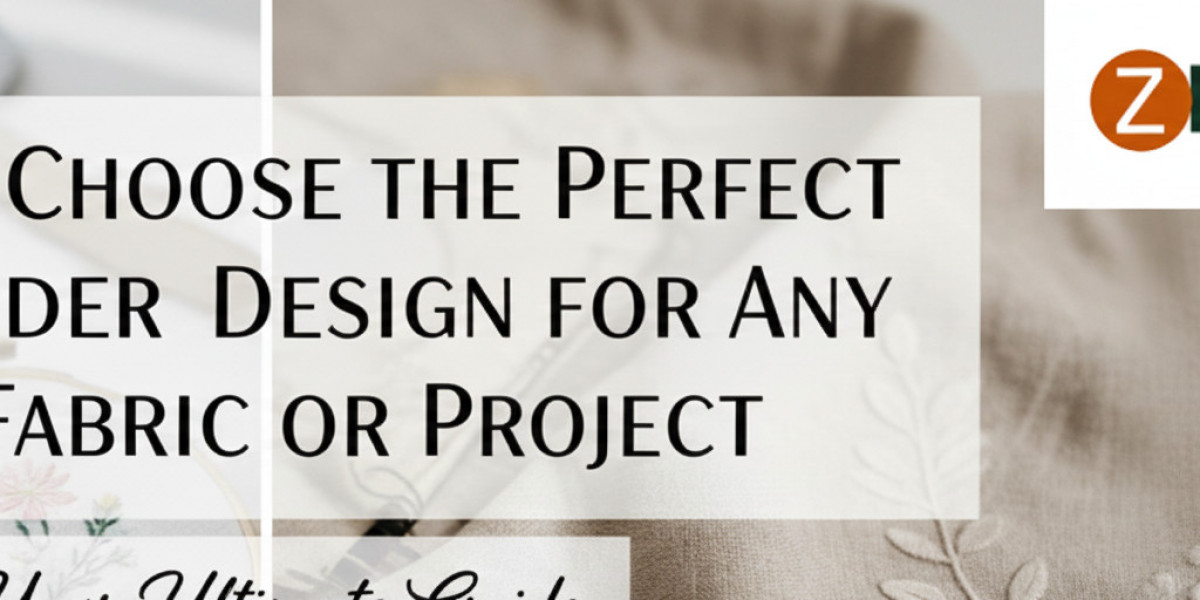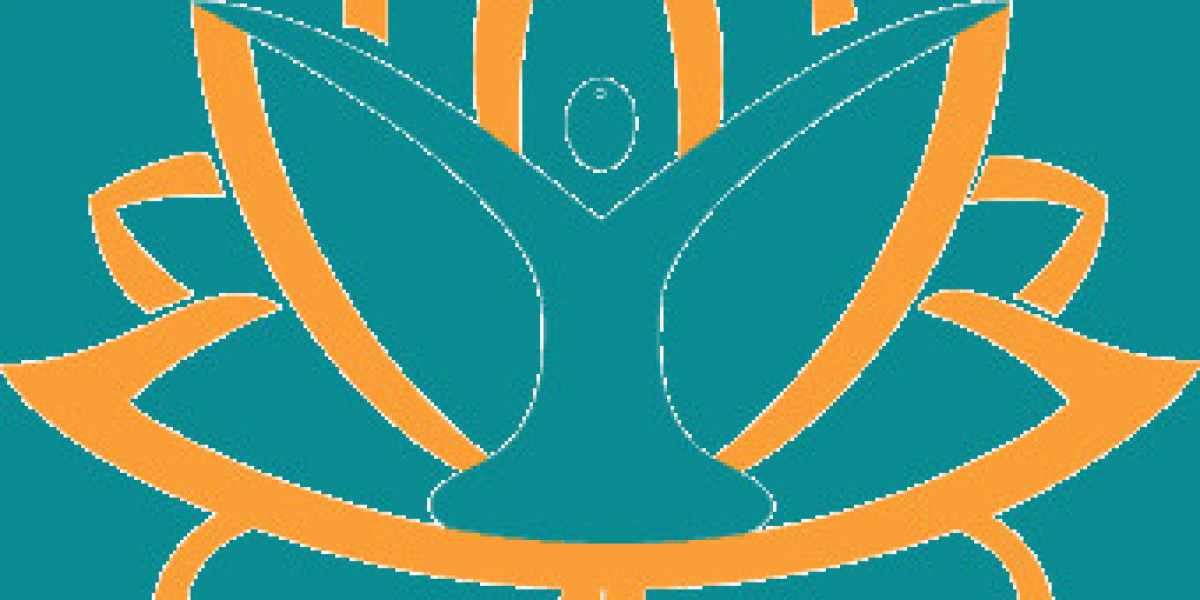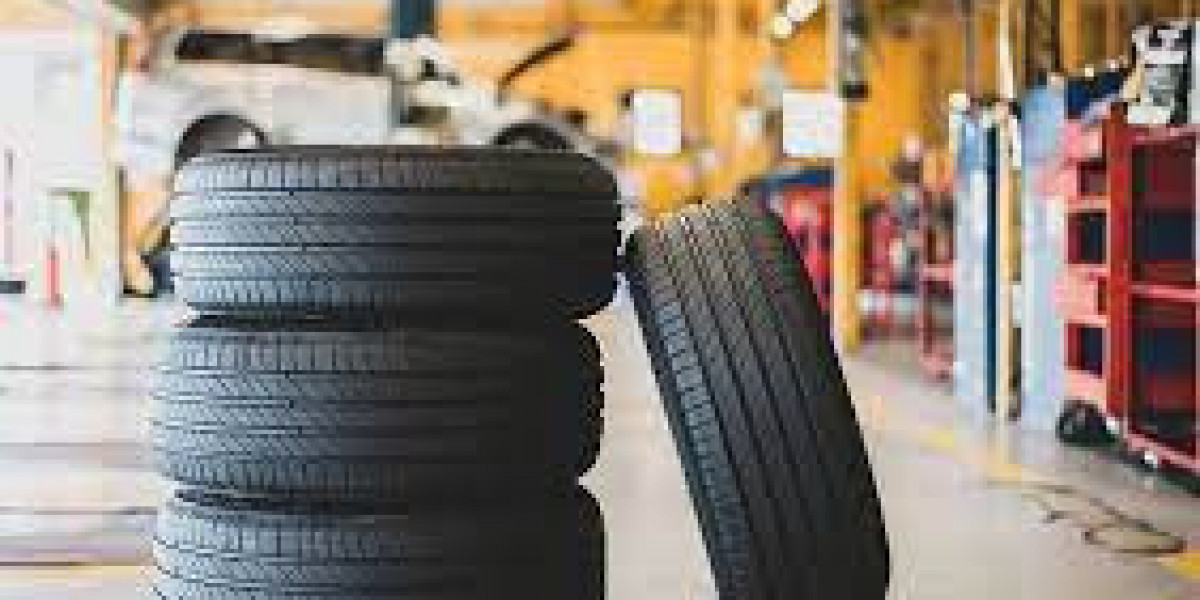Embroidery is a timeless art form that adds a personal touch and elegance to any fabric. But have you ever wondered why some embroidered pieces look stunning while others fall flat? The secret often lies in choosing the right embroidery design for the right fabric. A design that looks beautiful on a sturdy cotton canvas might pucker and pull on a delicate silk chiffon. Understanding the relationship between fabric, design, and technique is crucial for achieving professional-quality results.
This comprehensive guide will walk you through everything you need to know about selecting the perfect embroidery design for any project. Whether you're a seasoned embroiderer or just starting, this article will equip you with the knowledge to make informed decisions and create beautiful, lasting pieces.
The Importance of Fabric in Embroidery
The fabric is the foundation of your embroidery project. Its characteristics, such as weight, weave, and stretch, will determine how it interacts with the stitches. A well-chosen fabric will support your design, while an unsuitable one can lead to a host of problems, including puckering, distortion, and even fabric damage.
Fabric Types and Their Properties
Woven Fabrics: These fabrics, such as cotton, linen, and denim, are stable and have a tight weave, making them ideal for a wide range of embroidery designs. They provide excellent support for both hand and machine embroidery.
Knit Fabrics: Knit fabrics, like jersey and fleece, have more stretch. This can make them challenging to embroider as they can easily pucker. Lighter, less dense designs are best for these fabrics, along with the use of a stabilizer.
Delicate Fabrics: Silks, satins, and organzas are lightweight and have a smooth surface. They require delicate designs with fewer stitches to avoid puckering and tearing.
Heavyweight Fabrics: Canvas, denim, and leather are durable and can handle dense, intricate designs. However, they may require a sharper needle and a more powerful embroidery machine.
Matching Embroidery Designs to Fabric Types
Once you understand the properties of your fabric, you can start to think about which embroidery designs will work best. Here's a breakdown of some popular fabric types and the designs that complement them.
Cotton and Linen
Cotton and linen are two of the most popular fabrics for embroidery, and for good reason. They are stable, easy to work with, and come in a wide range of weights and colors.
Best Designs: Almost any design will work well on cotton and linen, from simple line art to complex, filled-in designs. Cross-stitch, satin stitch, and blackwork are all excellent choices.
Tips for Success: For lightweight cotton, use a stabilizer to prevent puckering. For heavier canvas, you can use a more intricate design with a higher stitch count.
Denim
Denim is a sturdy, heavyweight fabric that can handle a lot of stitching. This makes it a great choice for bold, graphic designs.
Best Designs: Bold lettering, patches, and geometric designs all look great on denim. You can also use a dense fill stitch to create a solid, embroidered look.
Tips for Success: Use a sharp, heavy-duty needle to penetrate the thick fabric. A cut-away stabilizer will provide the best support for your design.
Silk and Satin
Silk and satin are luxurious fabrics that require a delicate touch. The smooth, shiny surface of these fabrics can be easily damaged, so it's important to choose your design and materials carefully.
Best Designs: Light, airy designs with a low stitch count are best for silk and satin. Think delicate florals, monograms, and simple line art.
Tips for Success: Use a fine, sharp needle and a lightweight, tear-away stabilizer. Avoid dense designs that can cause the fabric to pucker.
Knit Fabrics
Knit fabrics, like t-shirts and sweatshirts, are stretchy and can be tricky to embroider. The key is to use a design that won't restrict the fabric's natural stretch.
Best Designs: Simple, open designs with a low stitch count are best for knit fabrics. Avoid large, solid designs that can make the fabric feel stiff.
Tips for Success: Use a ballpoint needle to avoid snagging the fabric. A cut-away stabilizer will provide the best support and prevent the design from stretching out of shape.
Choosing the Right Needle and Thread
The right needle and thread are just as important as the right design. Using the wrong needle can damage your fabric, while the wrong thread can break or fray.
Needles
Sharp Needles: Use for woven fabrics. The sharp point easily penetrates the fabric without damaging the fibers.
Ballpoint Needles: Use for knit fabrics. The rounded point pushes the fabric fibers aside rather than piercing them, which prevents snagging.
Wedge-Point Needles: Use for leather and vinyl. The wedge-shaped point creates a clean hole in the fabric, which helps to prevent tearing.
Thread
Rayon Thread: Has a beautiful, high-sheen finish and comes in a wide range of colors. It's a popular choice for machine embroidery.
Polyester Thread: Is strong, durable, and colorfast. It's a good choice for items that will be washed frequently.
Cotton Thread: Has a matte finish and is a good choice for hand embroidery.
The Role of Stabilizers in Embroidery
A stabilizer is a piece of material that is placed behind the fabric to provide support during the embroidery process. It helps to prevent puckering, stretching, and distortion.
Types of Stabilizers
Cut-Away Stabilizer: Provides a permanent backing for the embroidery and is a good choice for knit fabrics and unstable wovens.
Tear-Away Stabilizer: Is easily removed after the embroidery is finished and is a good choice for stable, woven fabrics.
Wash-Away Stabilizer: Dissolves in water and is a good choice for delicate fabrics like silk and organza.
Heat-Away Stabilizer: Is removed with a hot iron and is a good choice for fabrics that can't be washed.
Project-Specific Considerations
The type of project you're working on will also influence your choice of embroidery design.
Clothing: For clothing, choose a design that is comfortable to wear and won't restrict movement. A lighter, more flexible design is a good choice for a t-shirt, while a more durable design is better for a denim jacket.
Home Decor: For home decor items, you can be more adventurous with your design choices. A large, intricate design can make a beautiful statement on a throw pillow or a piece of wall art.
Gifts: When making a gift, consider the recipient's personal style. A monogrammed towel or a set of embroidered napkins is a thoughtful and personal gift.
Final Thoughts
Choosing the perfect embroidery design is a creative process that involves considering the fabric, the project, and your own personal style. By following the tips and guidelines in this article, you'll be well on your way to creating beautiful, professional-quality embroidery that you'll be proud to show off.
Frequently Asked Questions (FAQs)
1. What is the best fabric for beginner embroiderers?
Cotton and linen are the best fabrics for beginners. They are stable, easy to work with, and forgiving of mistakes.
2. Can I embroider on stretchy fabric?
Yes, you can embroider on stretchy fabric, but it's important to use a stabilizer to prevent the fabric from stretching out of shape. A cut-away stabilizer is the best choice for knit fabrics.
3. What is the difference between a sharp needle and a ballpoint needle?
A sharp needle has a sharp point that pierces the fabric, while a ballpoint needle has a rounded point that pushes the fabric fibers aside. A sharp needle is best for woven fabrics, while a ballpoint needle is best for knit fabrics.
4. How do I know what size needle to use?
The size of the needle you use will depend on the weight of the fabric and the thickness of the thread. A good rule of thumb is to use a smaller needle for lighter fabrics and a larger needle for heavier fabrics.
5. Do I always need to use a stabilizer?
It's a good idea to use a stabilizer for most embroidery projects. A stabilizer will help to prevent puckering, stretching, and distortion, and will result in a more professional-looking finished product.








